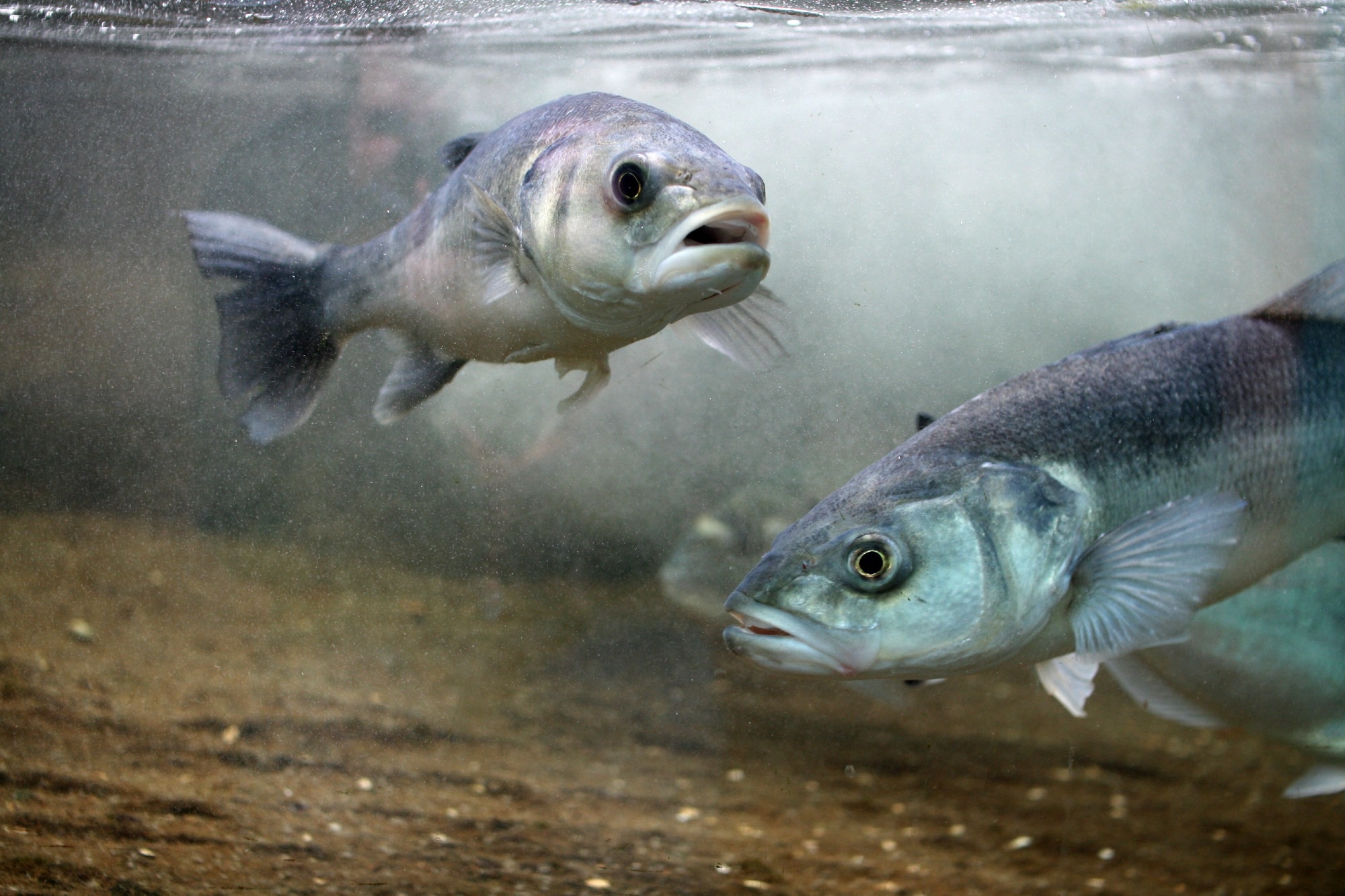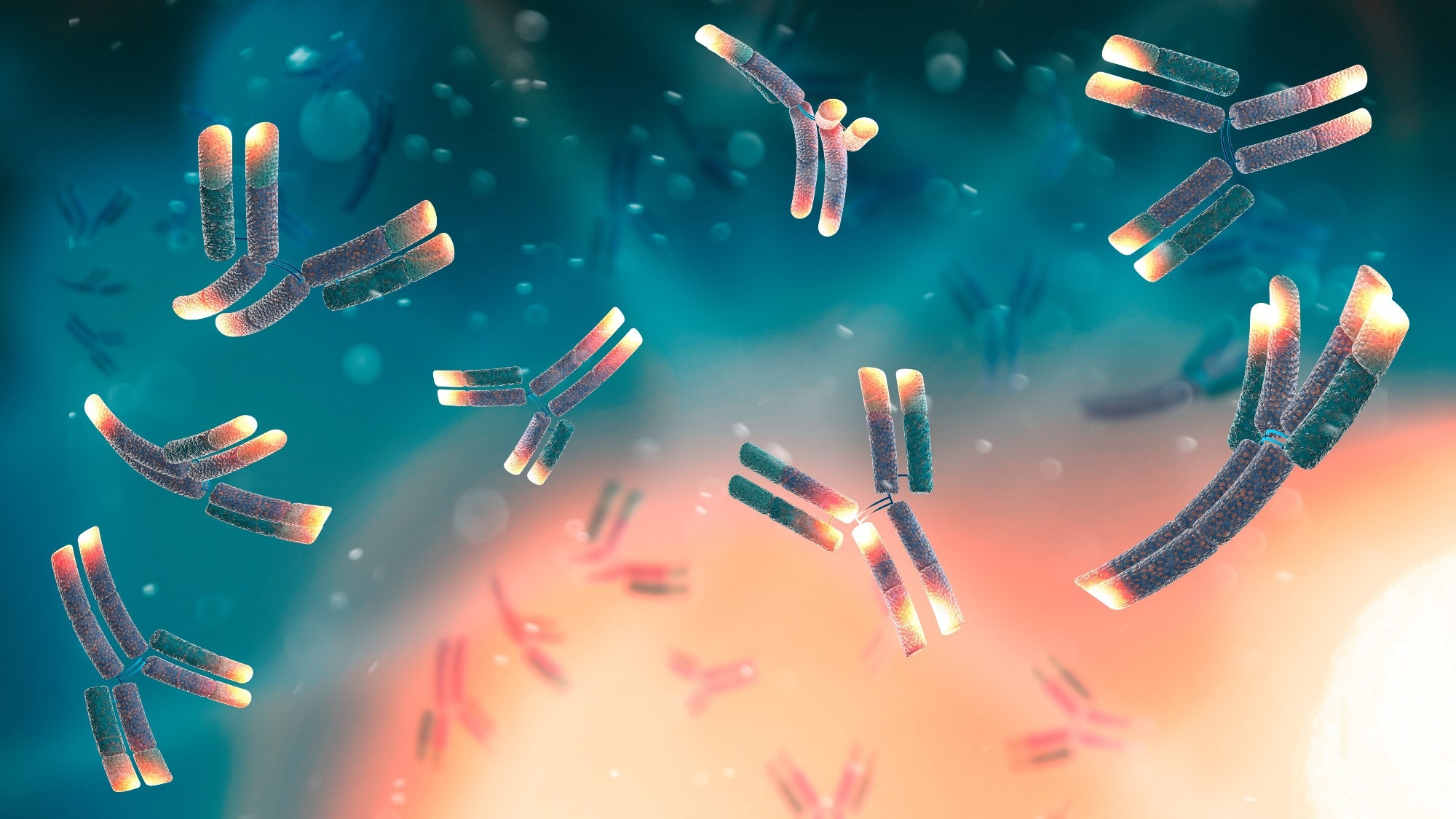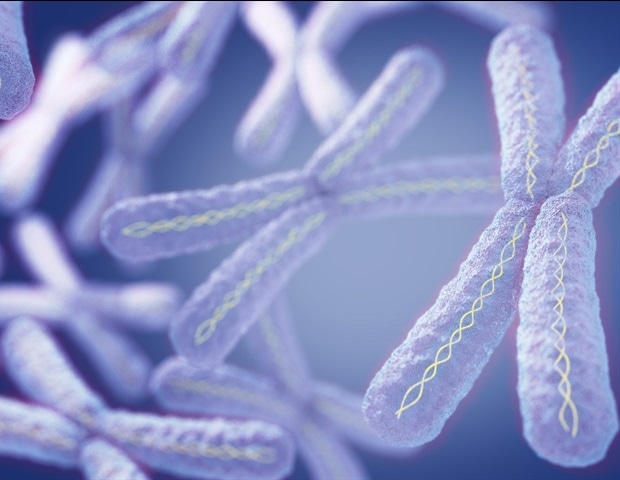Dr Tracey King CSci, MRSB – Research and Outreach Manager, Humanimal Trust:
One Medicine is described as many different things by many different people. The UK charity that drives One Medicine – Humanimal Trust – defines it as collaboration between vets, doctors and researchers so that all humans and animals benefit from equitable and sustainable medical progress, but not at the expense of an animal’s life.
Its aims and objectives are often confused with other related concepts such as One Health. Although these terms are not synonymous with one another, they can learn from and contribute to the development of the other due to their common interests.
The kaleidoscope of lenses through which One Medicine is currently viewed is just one of the themes that came out of Humanimal Trust’s One Medicine Day virtual seminar in May this year.
Following on from last year’s inaugural Symposium entitled ‘Stronger Together’, this year’s theme was ‘One Medicine in Action – Awareness, Collaboration and Change’, which provided an opportunity to share examples of joined-up approaches between human and animal health professionals, explore ways of raising greater awareness of the benefits of multi-disciplinary collaboration, and discuss how to communicate the benefits of change to different audiences.
In exploring what One Medicine looks like in today’s world, Humanimal Trust’s Chair of Trustees, Professor Roberto La Ragione, reflected on its origins. He acknowledged those who had previously identified the connections, commonalities and synergies between human and veterinary medicine, such as Rudolf Virchow, Sir William Osler, Dr Calvin Schwabe and Lord Lawson Soulsby.
It was in history that the Trust’s founder, Professor Noel Fitzpatrick, came upon the term used for this notion of human and veterinary medicine working together – One Medicine. As a veterinarian, he had personally experienced the silos that exist between the two medical disciplines. Wanting to change this status quo, he decided to create a platform to bring them together for the equitable and reciprocal benefit of all species and hence Humanimal Trust was formed in 2014.
Founder and CEO of One Health Lessons, Dr Deborah Thomson, gave the perfect example of what a joined-up approach looks like in action through her true story about Jack, the son of a family friend, who was obsessed with cats and football. At the age of 12, Jack developed clinical signs of stomach ache and headache, starting the first of over 30 visits to a number of different doctors to obtain a diagnosis. Over the next two years, his condition deteriorated to the point where he was in a wheelchair.
Eventually, Jack came into contact with an interdisciplinary team comprising a physician and a veterinarian. The latter enquired as to whether anything out of the ordinary had occurred before Jack’s first clinical sign. It transpired Jack had been playing with a stray kitten, which had a flea infestation and during this interaction he had been accidentally scratched. Through collaboration, this interdisciplinary team was able to conclude that Jack had been exposed to Bartonella bacteria infection or Cat Scratch Fever and the physician was able to prescribe the correct antibiotic treatment. This is a shining example of how a collaborative approach saves lives.
Pediatric surgeon, Miss Anna Radford’s description of the common challenges faced by human and veterinary urologists when treating their respective patients also highlighted the mutual benefits of collaborative working and knowledge sharing. The difficulty in obtaining an accurate medical history means both medical professions need to take a holistic approach, to see beyond the patient, to their wider family and to the environment.
Senior Lecturer at the Institute of Global Food Security, Queen’s University Belfast, Dr Simon Doherty, reminded delegates that the interfaces between human and animal health do not stop at companion animals but equally apply to other animal groups such as farm animals. He emphasized that we all need to recognize how the health and welfare of people and animals are inextricably linked. After all, 75 per cent of emerging infectious diseases are zoonotic and many originate as a result of human behaviors at the animal-human environment interface. COVID-19 is a prime example of this and it also illustrates how common terms from veterinary medicine in relation to farm animals have crossed over into everyday language since the pandemic, such as herd immunity, PCR/lateral flow and R number.
The work undertaken by the British Society for Immunology as described by its CEO and the final guest speaker, Dr Doug Brown, is a great example of the power of collaboration in influencing positive change. Their ability to bring together all areas of immunological expertise (spanning different sectors, disciplines and career stages) and to mobilize their members quickly in response to a major global healthcare challenge is particularly inspiring.
It is clear from these (and many other) examples that when human and animal medics and scientists come together, good things happen. But how can we raise greater awareness of the benefits of One Medicine? I firmly believe that we need to recalibrate its meaning and present a definition that incorporates the historical elements of the commonalities the two medical disciplines share and the benefits of collaboration. But crucially, we must ensure that humane values prevail by applying the principle of reciprocity, so that not only do medical practitioners and allied researchers benefit, but also patients, regardless of the species.
This is a message promoted by Humanimal Trust and a message that the Trust and those in its wider One Medicine community need to communicate. If these conversations do not exist, we must create them but to do so, we need the skills to effectively articulate and communicate the science behind One Medicine to a diverse audience.
Opportunities need to be more regularly available for medical professionals and researchers to come together, both informally and formally. With this in mind, Humanimal Trust launched the Humanimal Hub in February 2020, a free online platform for all human and animal medical and veterinary professionals to meet, collaborate, share knowledge and initiate research for the benefit of both humans and animals.
Whilst still in its infancy, the Hub has already provided a much-needed virtual space for connections to be made and conversations to be initiated, which we actively seek to nurture. For example, one of our aforementioned guest speakers, Miss Anna Radford, was looking to collaborate with an individual or group in veterinary medicine with a specialty in problems with urinary tract or kidneys and/or antimicrobial resistance. Through the Hub, we were able to identify a suitable professional and as a result, an interdisciplinary group has been set up to identify common urological conditions affecting both companion animals and humans.
There is a pressing need to create opportunities for human medical students to meet their veterinary counterparts before they enter increasingly smaller silos and are enveloped in their own bubbles. Ways must also be found to burst such bubbles – can we break One Medicine down into small, achievable steps by bringing One Medicine approaches to daily practice? Can we provide resources and checklists to human and veterinary professionals and allied researchers? It could be as simple as just inviting their counterpart for a chat over a drink to share challenges and ideas.
But even before then, we must find a way of sparking an interest in the similarities between humans and animals among children and young people from an early stage. Only then will we achieve long-term change in the mindset and expectations of our future generations.
Finally, in order to meet the healthcare challenges faced by both humans and animals, we will need all the tools in the toolbox, together with agile approaches, robust public policy and funding. If we can harness the collaborative power of One Medicine, then together we can build a society where reciprocity is understood and embraced, humane values prevail and the scientific and legal need for experimental animal testing is obsolete.













